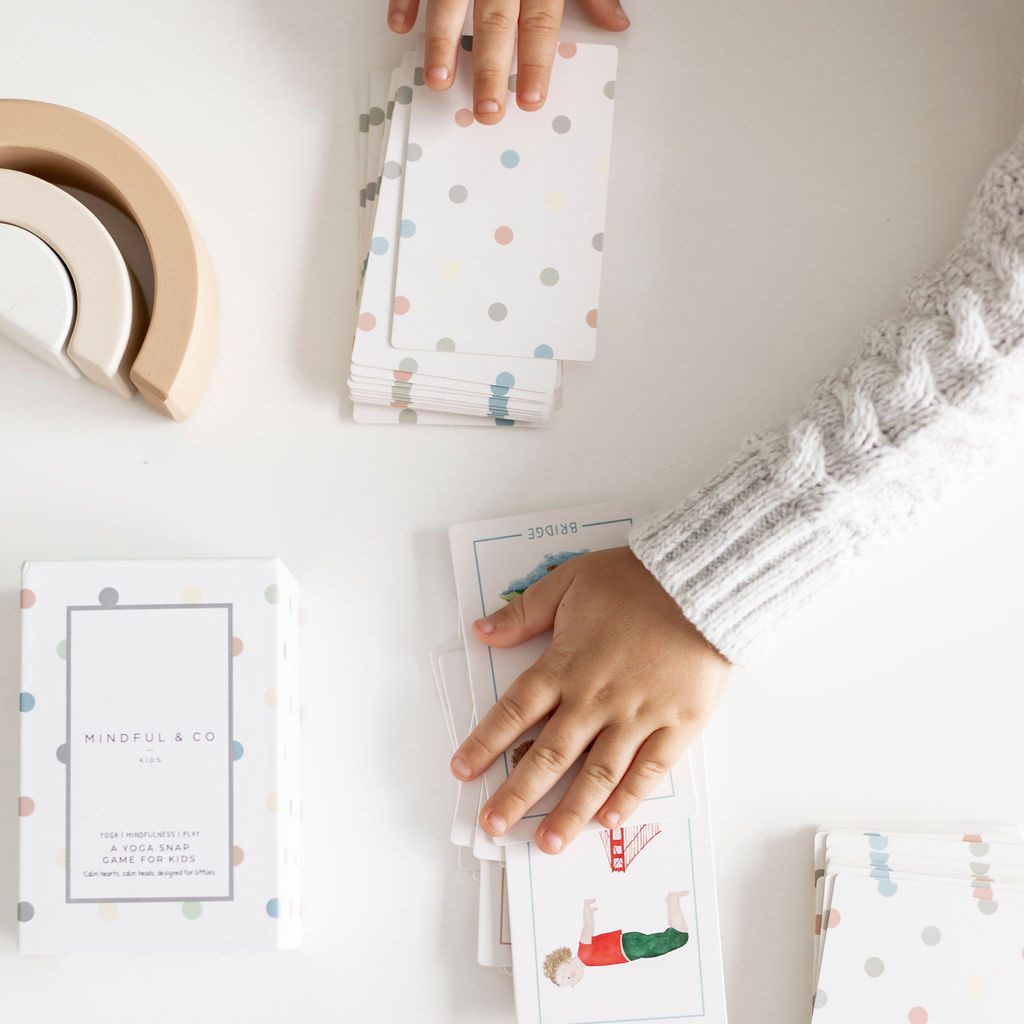Play is vital to the growth of children. It promotes imagination, mental development and emotional health. For children with special sensory needs, such as children with ADHD or autism, the selection of toys becomes even more important. To meet these unique requirements there is a wide range of toys and products that have been specially designed. The market provides a wide range of products for children with ADHD or autism, as well as sensory needs.

ADHD Toys for Kids: Promoting the ability to focus and engage
Children with Attention Deficit Hyperactivity Disorder (ADHD) frequently have difficulty with maintaining attention and regulating their behavior. Fun toys that use their energy in a productive manner is essential for their growth. ADHD toys designed for children provide a sensory experience that catches their attention and enhance their concentration.
Fidget toys, building sets as well as interactive puzzles are just a few examples toys that can be beneficial for children with ADHD. They encourage the exploration of tactile sensations, problem-solving as well as fine motor skill development. Fidget toys are a great method to keep kids’ hands busy and stimulate their senses while enhancing concentration.
Products for Autism-Friendly Children: Supporting Different Sensory Needs
Autism is a developmental disorder that impacts communication and social interaction, usually comes with sensory sensitivities. Toys can be a game changer for children who have autism. Autism-friendly toys are designed to address sensory issues and can facilitate positive interaction.
They could include toys with soothing sounds and lights like weighted blankets or tactile sensory balls. These products are designed to stimulate all the senses and offer a sense of comfort and safety. The soothing effects of the toys may help reduce anxiety and stress. It allows children to feel more at ease within their surroundings.
Sensory Toys for Children Toys For Children: Exploring A Multisensory World
Sensory play is essential for children of all ages because it stimulates the exploration of their minds, cognitive development and a better understanding of their surroundings. Children who have sensory processing issues can have a difficult time controlling their behavior and learning. This is why it is so crucial to play with sensory toys.
Sensory toys are available in a range of forms, from the tactile objects like squishy balls, to visual ones such as light projectors. These toys are a great way to engage different senses, allowing children to build sensory connections, improve their language skills, and increase their ability to take in sensory information. The auditory, tactile as well as visual components of these toys are all part of whole-person development.
Supporting Children with Sensory Processing Disorders SPD Products
Children who have sensory issues need products that cater to their particular sensory requirements, while promoting comfort and involvement. SPD products aid children in managing their sensory sensitivities, as well as improve their sensory experiences. For more information, click Sensory processing disorder products
Products like sensory swings heavy vests, and even sensory bins are some examples of SPD items that stimulate regulation and exploration of sensory. Sensory swings are a great way to relax the vestibular stimulation, and weighted vests offer gentle pressure that may have the effect of relaxing. Sensory bins that include a variety of textured materials stimulate interaction and creativity.
The Best Toys to Buy: Things to Take into Account
When choosing toys and products that are suitable for children suffering from ADHD or Autism Sensory Processing Disorders there’s a myriad of elements to be considered.
1. Sensory Features: Select toys that give you tactile, visual, auditory or proprioceptive experiences to cater to specific needs.
2. Safety: Ensure that the toys have no tiny parts that could pose choking hazards and are made of nontoxic materials.
3. Engage: Select toys that can captivate your child’s imagination and encourage an active and interactive play.
4. Be Comfortable: Pick products that offer peace of mind and security to children with sensitivities to touch.
5. Inclusion: Prioritize toys that can be played with by children of all ages, making sure that playtime is inclusive for all children.
In a world where playing is an essential vehicle for growth and development, it’s exciting to see the emergence of toys and products designed for the different needs of children who suffer from ADHD, autism, and sensory processing disorders. ADHD toys for kids such as autism-friendly toys, sensory toys for children don’t only entertain, they also create a sense of belonging and engagement.
Parents, educators and other caregivers have the ability to influence the development of a child by choosing toys. If we provide access to purposeful play that is respectful of and reflects the individual needs of each child We can create a more inclusive and supportive space where children of all ages can flourish and enjoy the joy of playing in their own way.